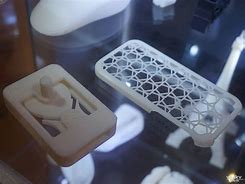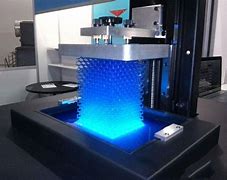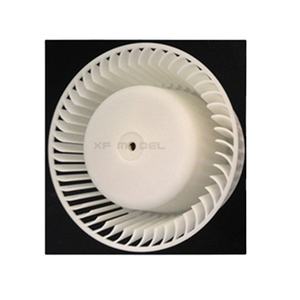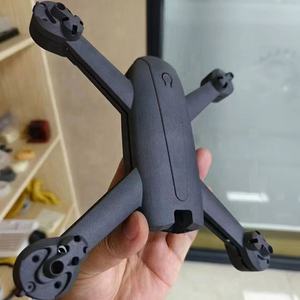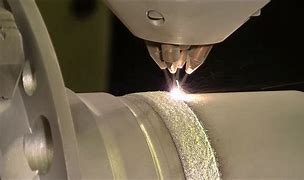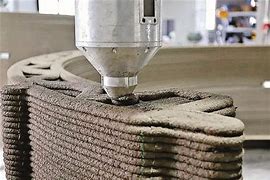Discover a professional 3D printing powder supplier
Do Plastic Pistols Pack Punches? The Metal Truth About 3D Printed Guns
(do 3d printed guns need metal)
1. What Are 3D Printed Guns?
People talk about 3D printed guns. These guns are made using special printers. These printers build objects layer by layer. Usually, they use plastic materials. The idea sounds like science fiction. You can download a design file online. Then, you send it to your 3D printer. A few hours later, you might have a gun. But it’s not that simple. Calling it a “plastic pistol” gives a picture. It suggests a gun made entirely from printed plastic. This is mostly true for the body. The frame or receiver holds parts together. It can be plastic. Some designs are simple. They look like single-shot pistols. Others try to copy real guns. The key point is the material. Plastic is common. Yet, a fully plastic gun has big limits. It cannot handle the power of regular bullets well. This brings us to the metal part.
2. Why Do 3D Printed Guns Need Metal Parts?
Plastic is not strong enough for everything. Think about firing a bullet. It creates huge pressure inside the gun. The explosion pushes the bullet out fast. It also pushes back hard on the gun parts. Plastic might crack or melt under this stress. Metal is much tougher. It can handle high pressure and heat. So, important parts must be metal. The barrel is one example. The bullet travels down the barrel. A plastic barrel would likely burst. The firing pin is another part. This small piece hits the bullet’s primer to start the explosion. Plastic might break or bend. It needs to be hard metal. Some designs use metal bolts or springs too. These parts experience heavy forces. Using metal here makes the gun work. Using metal also makes the gun last longer. Plastic parts wear out fast. They might break after just a few shots. Metal parts are more reliable. Without metal, a plastic gun might be dangerous for the user. It could fail badly. So, metal is not just helpful. It is often necessary for a working firearm. Even guns mostly printed need some metal bits.
3. How Do 3D Printed Guns Work?
Building a 3D printed gun involves steps. First, you need a digital blueprint. These files are found online. Some are free. Others might cost money. Next, you load the file into a 3D printer. The printer melts plastic filament. It lays down thin layers to build the shape. This creates the main body of the gun. This body is usually plastic. Think of it like the skeleton. But the skeleton alone isn’t enough. You need the moving parts. This is where metal comes in. You must buy or make metal components separately. These include the barrel. They include the firing pin. They might include springs and the bolt. Then, you assemble the gun. You fit the metal parts into the plastic frame. It’s like putting together a kit. Some designs are easier. Others are complex. The quality depends on many things. The printer’s accuracy matters. The plastic type matters. Stronger plastics like nylon are better. But even good plastic has limits. The metal parts must fit perfectly. Poor assembly can make the gun unsafe. It might not fire correctly. It might break. Testing such a gun is risky. You never know when it might fail. Making a reliable 3D printed gun takes skill. It also takes the right metal parts.
4. Applications and Real-World Use of 3D Printed Guns
People make 3D printed guns for different reasons. Hobbyists are one group. They enjoy the technical challenge. Building a gun from scratch is interesting. It tests their printing and assembly skills. Some see it as a statement. They believe in the right to make weapons. They see it as a freedom issue. Others have darker motives. Criminals might use them to avoid detection. Regular guns have serial numbers. They are traceable. A homemade plastic gun might not. Law enforcement worries about this. Security checkpoints use metal detectors. A mostly plastic gun might slip through. This is a big concern for airports and secure buildings. The reality is more complex. Metal parts are still needed. Even a small metal firing pin can trigger a detector. A metal barrel definitely will. Completely plastic guns exist. They are often very simple. They might fire low-power rounds. Or even just one shot. But they are not practical weapons. For serious use, metal is unavoidable. Governments are trying to control these guns. Laws are changing fast. Some places ban sharing the digital files. Others focus on regulating the metal parts. The debate about their use continues.
5. FAQs About 3D Printed Guns and Metal
Many questions come up about these guns. Here are some common ones.
Are they legal? It depends on where you live. Laws vary a lot. In many places, owning the files is okay. Actually making the gun might not be. Especially without the right licenses. Selling them is almost always illegal. Check your local laws very carefully.
Are they reliable? Generally, no. They are less reliable than factory-made guns. Plastic parts can break. Bad assembly can cause problems. They might be unsafe for the shooter. Metal parts help but don’t fix everything. They are not weapons you can trust.
Can they be detected? Yes, usually. They need metal parts to work. These metal parts will set off metal detectors. X-ray machines will see the metal pieces too. A gun with no metal at all would be very weak. It probably wouldn’t work like a real firearm.
How long do they last? Not very long. The plastic parts take a beating. Firing stresses the material. Heat from firing can warp plastic. Metal parts last longer. But the plastic frame might crack after many shots. Sometimes after just one. They are not built for heavy use.
(do 3d printed guns need metal)
Are they easy to make? Easier than making a gun from scratch by hand. But still not simple. You need a good 3D printer. You need the right materials. You need to source or make metal components. You need skill to assemble everything safely. It’s not something anyone can just do quickly. Mistakes can be dangerous.


